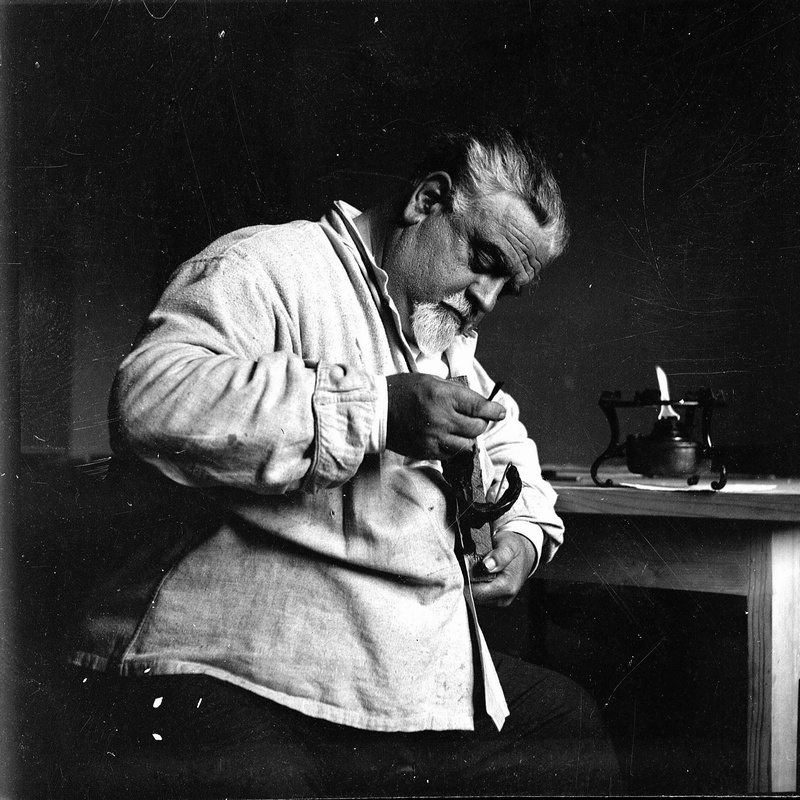
Evaluation Duilio Cambellotti
Duilio Cambellotti Valuations - Want to sell a Duilio Cambellotti piece? Request a complimentary and confidential valuation!Colasanti Casa d'Aste will review your submission and offer a free-of-charge estimate, if your item is suitable for our auctions.
biography
Duilio Cambellotti, born in Rome on May 10, 1876, and deceased in the same city on January 31, 1960, was one of the most versatile protagonists of Italian art between the late 19th and the first half of the 20th century. The son of Antonio, a carver and decorator, Cambellotti learned the basics of art in his father’s workshop before refining his skills at the Industrial Artistic Museum in Rome, where he attended courses taught by Raffaele Ojetti, Severino Macchiati, and Alessandro Morani between 1893 and 1897. Influenced by the ideas of William Morris and the Arts & Crafts movement, Cambellotti embraced Art Nouveau, becoming one of its most significant exponents in Italy, though his social and pedagogical sensibility also brought him close to Futurism. His output spanned illustration, graphic design, painting, sculpture, ceramics, interior design, scenography, architecture, and even jewelry and furniture. As early as 1901, while still in his twenties, he won the prestigious Alinari Prize for his illustrations of Dante’s Divine Comedy, earning national recognition. He collaborated with magazines such as “Italia ride,” “Fantasio,” and “Novissima,” and created advertising posters, woodcuts, stained glass, and designer furniture, including the famous “Cambellotti lamps.” From 1908 onward, he also worked in theatrical scenography, collaborating for many years with the Greek Theater of Syracuse. Between 1910 and 1914, he taught at the School of Applied Art in Civita Castellana and other Roman institutions. After World War I, he successfully turned to sculpture, often drawing inspiration from the themes of the Roman countryside. In 1919, he held his first solo exhibition at the Bottega d’Arte Moderna in Rome. In 1930, he was appointed Academician of San Luca. During the 1930s, he created important decorations for public buildings in several Italian cities, including Bari, Ragusa, and Latina. His work is characterized by a constant social commitment and a search for synthesis between art and craftsmanship, with the aim of making art accessible to all. Duilio Cambellotti is today considered a master of Italian Art Nouveau and an exemplary artist-craftsman capable of combining tradition and innovation.





